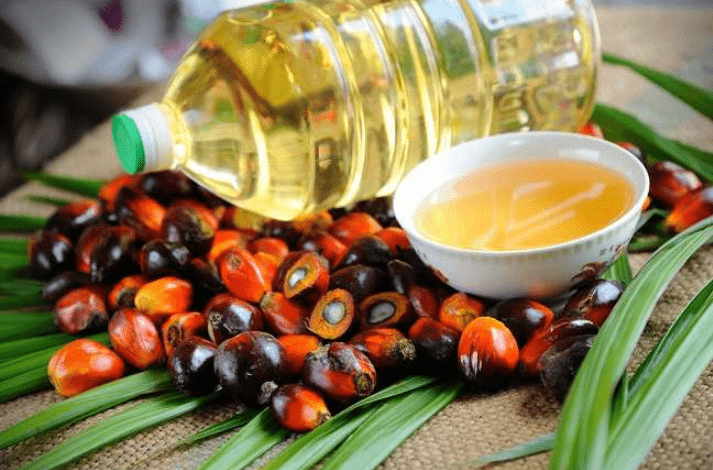Indonesia led the world’s palm oil exports in 2022, with shipments of $27.76 billion, up 4% year-on-year.
To India, its largest export market, Indonesia exported this product worth US$5.3121 billion.
What other destinations stood out? China (3,568 million dollars), Pakistan (3,127 million) and the United States (1,757 million).
According to the Indonesian government, palm oil production is a strategic industry in Indonesia’s economy, both now and in the future.
This is because of its considerable contribution to non-oil exports, job creation, rural development and poverty reduction.
In addition, the palm oil industry has also become an important part of Indonesia’s energy sovereignty system.
There are not many sectors of the economy, especially in the commodity sector, where its contribution to the economy is as large, inclusive and comprehensive as the palm oil industry.
The development of palm oil worldwide, especially in Indonesia, has led to increased global competition among vegetable oils.
Soybean, sunflower and rapeseed oil, which previously dominated the global vegetable oil market, have had to face competition from palm oil, which is growing rapidly, not only in terms of production, but also in terms of consumption.
Palm oil exports
In recent years, Indonesia’s economy has often recorded growth in excess of 5%-6% per annum, driven in part by favorable demographics (66% of its population is of working age).
It is a major producer of natural gas and oil, and an important supplier to large Northeast Asian economies such as Japan, South Korea and China.
Still, about half of Indonesian households come close to the national poverty line of $24.40 per month, according to a U.S. congressional analysis.
Despite its large population, Indonesia is the United States’ 24th largest trading partner, below neighbors such as Singapore, Malaysia and Thailand.

